The political chessboard this time is arranged very differently from 2016, and key regions of the diverse state are in unpredictable ferment.

Among the states going into assembly elections in the coming days and weeks, only one voted for a BJP government the last time around: Assam.
The BJP in Assam is led by chief minister Sarbananda Sonowal and his senior cabinet colleague Himanta Biswa Sarma, a man with a reputation as a master of the cloak-and-dagger art of forming governments even when the numbers are stacked against the BJP and its allies. As the convenor of the North East Democratic Alliance, Sarma has demonstrated this mastery more than once while propping up minority governments in states such as Manipur.
The only person in the Assam opposition who was viewed as capable of countering Sarma’s political maneuvering, at least within the state, was Tarun Gogoi, a veteran Congress leader, former chief minister of Assam and Sarma’s former boss. Gogoi died last year at the age of 84 after contracting Covid. With the opposition fragmented and lacking any chief ministerial face, and the BJP comfortably ensconced in power both at the state and centre, the results of the Assam poll should have been a foregone conclusion. Oddly enough, that does not appear to be the case.
The Assam legislative assembly has 126 seats. In 2016, the BJP fought the election in alliance with the Asom Gana Parishad, a party with a strongly Assamese identity, and the Bodoland People’s Front, a party with a strongly Bodo tribal identity led by a former militant leader, Hagrama Mohilary. While the BJP won 60 seats, the AGP won 14 and the BPF 12. Thus, although the BJP by itself was short of the halfway mark, the alliance was in an unassailable majority.
This time, things are different. The BPF is no longer in alliance with the BJP, having been dumped in favour of a new Bodoland-based party called the United People’s Party Liberal. More importantly, the opposition Congress and the All India United Democratic Front led by Maulana Badruddin Ajmal are in alliance, along with other smaller outfits, including one called the Anchalik Gana Morcha that has a strongly Assamese nativist identity.
In order to understand what this implies, a look at the geography of Assam is necessary.
Most states of India are mini-Indias within themselves, encompassing varieties of language, communities, castes and tribes that typically inhabit distinct areas and regions. Few are as diverse as Assam.

The state has two main river valleys – the Brahmaputra and Barak valleys – surrounded by hills. The Brahmaputra valley is predominantly Assamese in character, with upper Assam (corresponding to the upper reaches of the river) as the Assamese heartland. Lower Assam has a large Muslim population of East Bengal origin whose ancestors were encouraged by British administrators to settle in the Brahmaputra floodplains as cultivators of rice and jute in the early 1900s.
To make it more complicated, the population on the north bank of the Brahmaputra is different from that on the river’s south bank. The north bank is dominated in large part by plains tribal populations such as the Bodo and Mishing, while the south bank is more Ahom and Assamese.
The Barak valley is different from both upper and lower Assam, being dominated by Sylheti-speaking Bengalis, both Hindu and Muslim, who have been at odds with one another for many decades. In addition to all this, there’s also a number of hill ranges, each with its own dominant tribe, such as the Dimasa and Karbi.
The politics of Assam is different in each of its sub-regions, which all have their own dominant local communities, leaders, and internal dynamics. This time, the political chessboard shows a situation where the arithmetic of the Congress-AIUDF alliance overwhelmingly favours their candidates in the seats with large Muslim populations. Assam has a 35 percent Muslim population that decides outcomes in at least a third of the state’s 126 seats, mainly in lower Assam and the rural areas of Barak valley. The Congress-AIUDF alliance will be looking at picking up most of these.
The Bodoland region, which has 12 assembly seats, may also slip away from BJP. Last time, the BPF contested 13 seats and won 12. This time, it will be fighting to defend its turf against the UPPL, BJP and allies. It will also support Congress candidates in 28 seats outside Bodoland.
The situation in upper Assam is also not as rosy for the BJP as the last time. Although the Citizenship Amendment Act has receded into the background as an issue, it is still there in the political discussion. The BJP in Assam has consistently tried to wish it away but the party’s political compulsions in neighbouring West Bengal have forced it back into the headlines. The BJP and its ally, the Asom Gana Parishad, face nativist Assamese disenchantment over CAA and aspects of the Assam Accord which has catalysed the formation of two new parties, Assam Jatiya Parishad and Raijor Dal, led by former All Assam Students’ Union chief Lurinjyoti Gogoi and activist Akhil Gogoi, respectively.
The BJP alliance also has a problem with a community that, after decades of voting for the Congress, backed it solidly last time around: the descendants of plains tribal workers from Central India brought during British rule as tea garden labour, who are now known as the tea tribes of Assam. They number around 65 lakh out of Assam’s three crore population. Since the tea gardens are concentrated in upper Assam, that is where most of them live.
The tea tribes have been agitating for long for better wages and Scheduled Tribe status. They haven’t got either. A recent Gauhati High Court decision putting a stay on a proposed Rs 50 per day hike in wages has further infuriated many of them. The Congress campaign in upper Assam, led by Chhattisgarh chief minister Bhupesh Baghel and his team, has smartly capitalised on this. It could have an impact on at least 40 seats.
In short, barring a few predictable seats, the situation appears fluid in most sub-regions of the state. This is the case for all parties including the opposition. Issues of angst over ticket distribution have led to bitterness in both the BJP, which is internally divided into two camps, and the Congress-AIUDF alliance. The BJP has been forced to expel 14 leaders who are contesting as independents after being denied tickets. Most of them are from the Barak valley and upper Assam. In Silchar, the principal town of the Barak valley, sitting BJP MLA Dilip Paul, who won by a handsome margin last time defeating Congress leader Sushmita Dev’s mother Bithika Dev, is the rebel now.
For the Congress and AIUDF, the ticket angst is greater in Muslim-dominated areas of lower Assam. The two parties will be contesting against one another in “friendly fights” in at least five seats. The BJP, meanwhile, has given eight tickets to Muslims candidates, some of whom may win because of local factors. In the end, it will be richly ironic if these seats save the day for them.
Finally, there is of, course, the mastery of Himanta Biswa Sarma in propping up minority governments. Should the BJP-AGP alliance wind up short of the required numbers – an increasingly likely scenario – Sarma will be a man much in demand. He will then be well placed to follow Prime Minister Narendra Modi's dictum of turning crisis into opportunity.
Source: newsLaundry




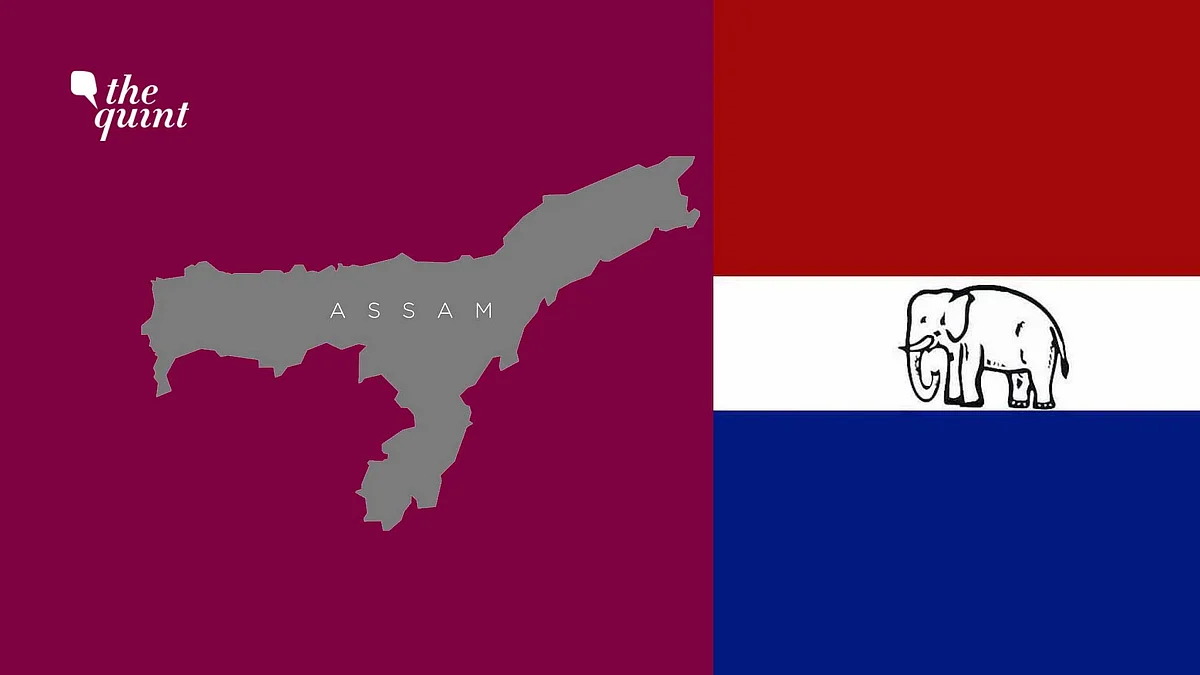




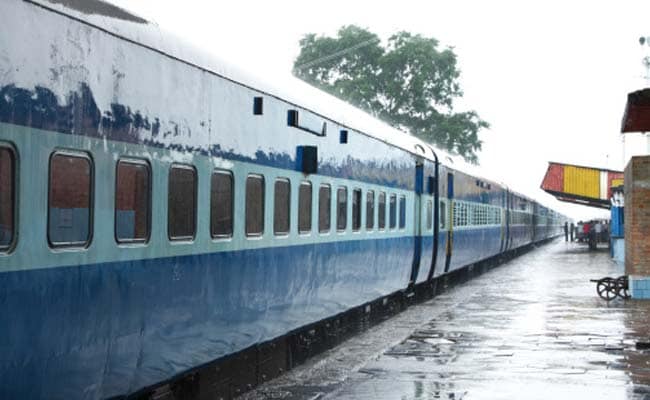
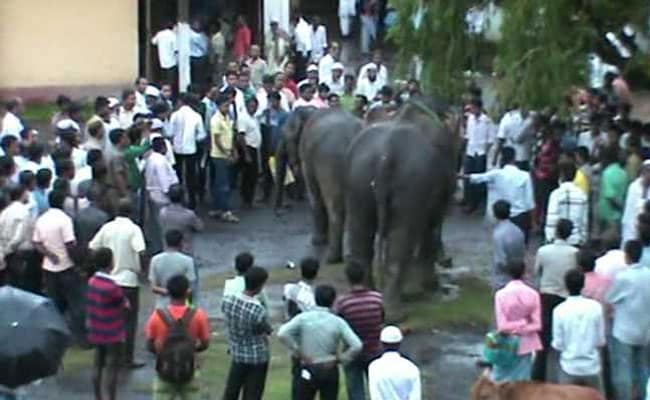
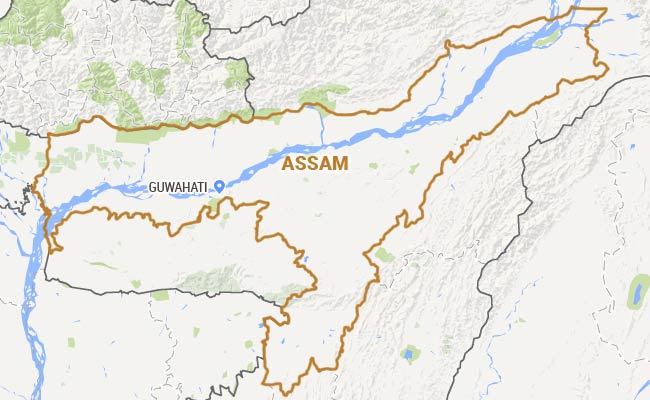






 The
The 


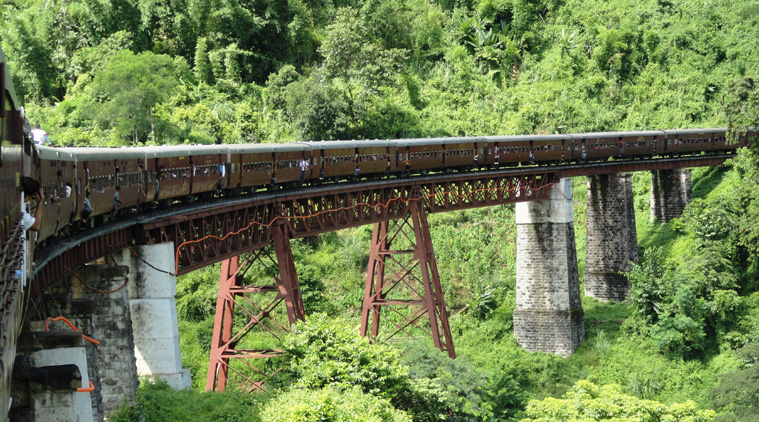 A 47-km portion encircling the picturesque hill station of Haflong has
remained untouched, including its century-old buildings mostly made of
stones and timber. (Source: Samudra Gupta Kashyap)
A 47-km portion encircling the picturesque hill station of Haflong has
remained untouched, including its century-old buildings mostly made of
stones and timber. (Source: Samudra Gupta Kashyap)


